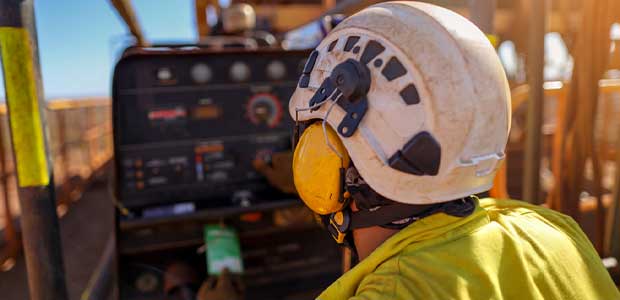
Hear Ye, Hear Ye: Using PPE to Protect Your Hearing
Protecting workers’ hearing is a team effort.
- By Randy DeVaul
- Dec 01, 2022
Hearing loss continues to be prevalent in work-related environments, and yet, this loss is 100 percent preventable. One can point to the employer as having responsibility, but we cannot ignore the employee’s personal responsibility as well. When a person fails to protect his or her hearing in a regulated work-related environment, it is no wonder that noise-induced exposures outside work also remain a concern.
As of 2019, 430 million people globally suffer from disabling hearing loss. In the U.S., 51 percent of the adult population report some level of hearing difficulty, with 13 percent identifying their loss as needing treatment. Our world is full of noise, and it seems that people have become complacent about maintaining good hearing health.
We all know identifying noise-induced exposures in the workplace requires conducting a risk assessment followed by documenting and creating action plans to reduce or remove exposures. Once identified, follow the hierarchy of controls: eliminate or reduce the noise level at the source through engineering controls; enact administrative controls through procedures and employee rotation; once all other controls are considered and done, establish a Hearing Conservation Plan (HCP) following OSHA requirements and identify the people and the PPE needed to reduce noise exposures.
An HCP, including making hearing protection available for affected employees, may be required. The simplest way to determine where and what exposure levels are (work areas, specific equipment) is with an inexpensive digital sound meter. This allows you to “map” noise levels, which can then be followed up with dosimeter sampling of employees in high-noise areas and validate the work areas that do not require an HCP.
It is imperative for employers to have a proactive HCP where the decibel level is 85 dBA (using the “fast A scale) or greater. Being proactive reduces (or prevents) having to report threshold shifts or hearing loss as an occupational illness. In my 40-year career as a safety professional, I never had a single employee tagged with a hearing shift or loss from annual audiogram results because I was able to show any shift as a non-work-related exposure.
The risk assessment findings and the implemented HCP will guide you in the selection of the right hearing protection. Modern technology today has provided several options that can be used to protect employees’ hearing. From traditional disposable and reusable earplugs and earmuffs to innovative noise-canceling inserts, there is no reason for any employee to have noise-induced hearing loss—whether at work or outside of work! Losing one’s hearing due to exposure to noise is unnecessary if the risk is known and precautions are taken.
This article originally appeared in the December 1, 2022 issue of Occupational Health & Safety.